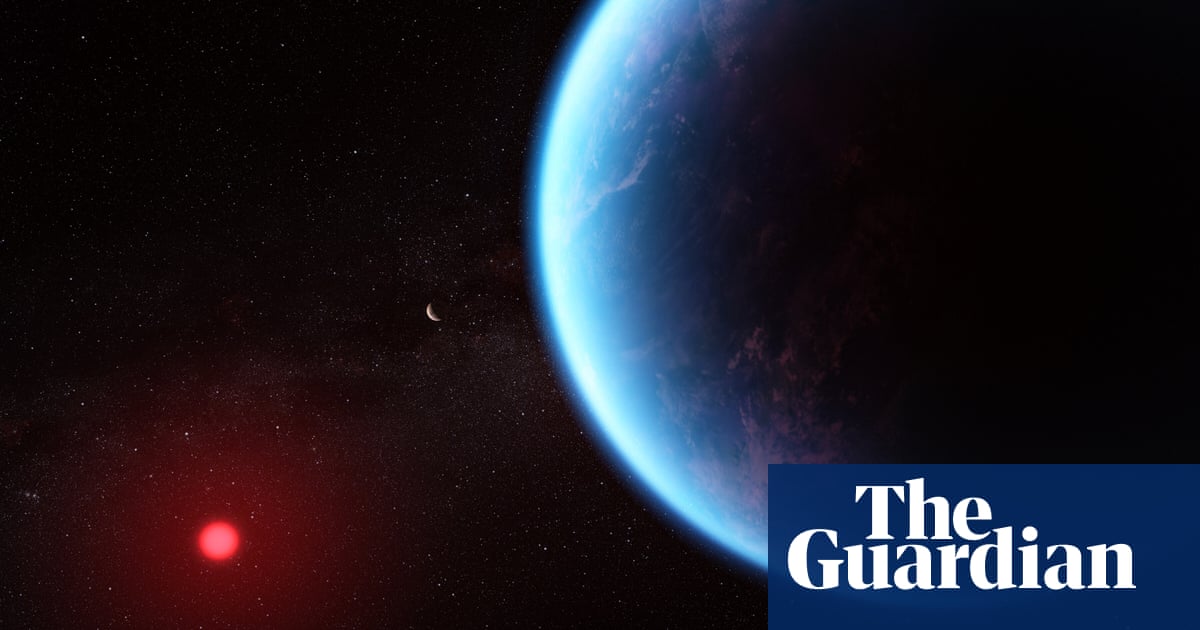
"Detection of the chemicals, dimethyl sulfide (DMS) and dimethyl disulfide (DMDS) would not amount to proof of alien biological activity, but could bring the answer to the question of whether we are alone in the universe much closer."
"We are very cautious. We have to question ourselves both on whether the signal is real and what it means. Decades from now, we may look back at this point in time and recognise it was when the living universe came within reach."
"Others are more sceptical, with questions remaining about whether the overall conditions on K2-18 b are favourable to life and whether DMS and DMDS can be reliably regarded as biosignatures."
"K2-18 b's profile was consistent with a habitable world, covered in a very thick atmosphere and potentially featuring liquid water, making it a focus for future research."
Recent observations of planet K2-18 b, located 124 light years away, have provided significant evidence that extraterrestrial life may exist beyond our solar system. The James Webb telescope detected chemical signatures, dimethyl sulfide (DMS) and dimethyl disulfide (DMDS), which are associated with biological processes on Earth. While these findings do not confirm alien life, they raise exciting possibilities about the habitability of K2-18 b. However, scientists remain cautious and emphasize the need for further investigations to understand the implications of these observations and the planet's actual conditions for supporting life.
Read at www.theguardian.com
Unable to calculate read time
Collection
[
|
...
]